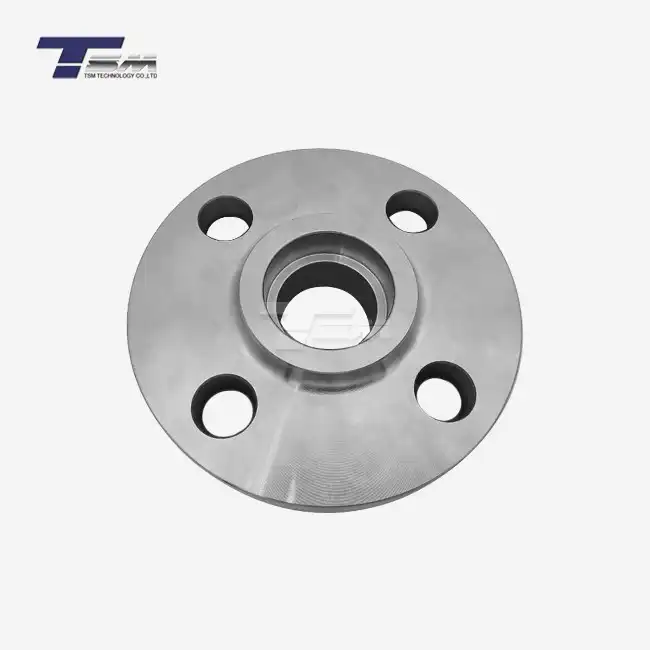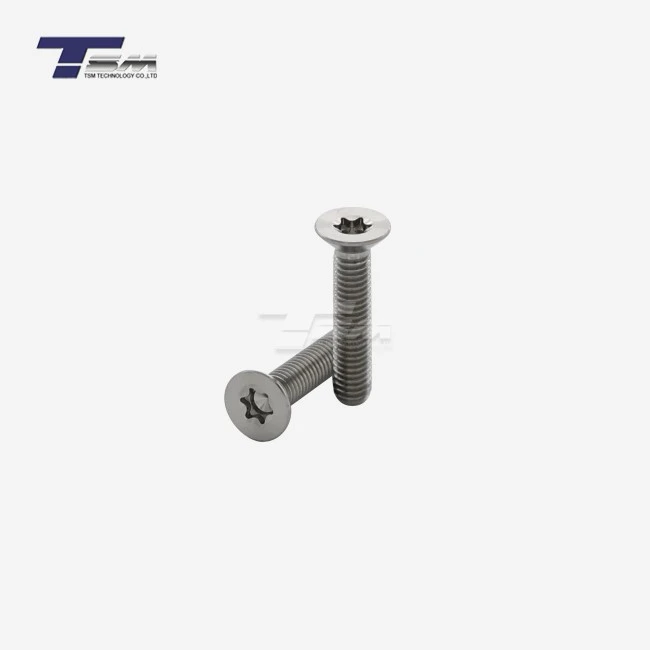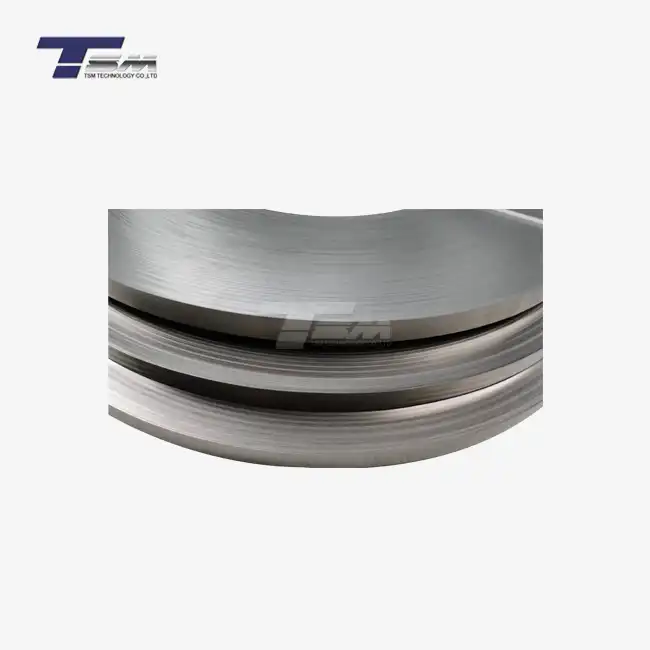- English
- French
- German
- Portuguese
- Spanish
- Russian
- Japanese
- Korean
- Arabic
- Greek
- German
- Turkish
- Italian
- Danish
- Romanian
- Indonesian
- Czech
- Afrikaans
- Swedish
- Polish
- Basque
- Catalan
- Esperanto
- Hindi
- Lao
- Albanian
- Amharic
- Armenian
- Azerbaijani
- Belarusian
- Bengali
- Bosnian
- Bulgarian
- Cebuano
- Chichewa
- Corsican
- Croatian
- Dutch
- Estonian
- Filipino
- Finnish
- Frisian
- Galician
- Georgian
- Gujarati
- Haitian
- Hausa
- Hawaiian
- Hebrew
- Hmong
- Hungarian
- Icelandic
- Igbo
- Javanese
- Kannada
- Kazakh
- Khmer
- Kurdish
- Kyrgyz
- Latin
- Latvian
- Lithuanian
- Luxembou..
- Macedonian
- Malagasy
- Malay
- Malayalam
- Maltese
- Maori
- Marathi
- Mongolian
- Burmese
- Nepali
- Norwegian
- Pashto
- Persian
- Punjabi
- Serbian
- Sesotho
- Sinhala
- Slovak
- Slovenian
- Somali
- Samoan
- Scots Gaelic
- Shona
- Sindhi
- Sundanese
- Swahili
- Tajik
- Tamil
- Telugu
- Thai
- Ukrainian
- Urdu
- Uzbek
- Vietnamese
- Welsh
- Xhosa
- Yiddish
- Yoruba
- Zulu
What ASTM Standard Applies to Nickel 200 Sheet Metal?
The ASTM standard that applies to Nickel 200 sheet metal is ASTM B162. This standard specification covers rolled nickel plate, sheet, and strip for general applications. It outlines the chemical composition, mechanical properties, and dimensional tolerances for Nickel 200 and similar nickel alloys. ASTM B162 ensures that Nickel 200 sheet metal meets specific quality and performance criteria, making it a crucial reference for manufacturers, suppliers, and end-users in industries ranging from chemical processing to aerospace. Understanding this standard is essential for anyone working with or specifying Nickel 200 sheet metal products.
Understanding Nickel 200 Sheet Metal Properties and Applications
Chemical Composition and Unique Characteristics
Nickel 200 sheet metal, also known as commercially pure nickel, boasts an impressive nickel content of at least 99.0%. This high purity level contributes to its exceptional corrosion resistance, particularly in reducing environments. The material's composition also includes trace amounts of carbon, manganese, iron, sulfur, silicon, and copper, which can slightly influence its properties. The absence of significant alloying elements results in a material that maintains its strength and ductility across a wide temperature range, from cryogenic to elevated temperatures.

Mechanical Properties and Performance
Nickel 200 sheet exhibits remarkable mechanical properties that make it suitable for various demanding applications. Its yield strength typically ranges from 148 to 370 MPa, depending on the temper condition. The material's ultimate tensile strength can reach up to 460 MPa in the cold-worked state. Nickel 200 sheet metal also demonstrates excellent ductility, with elongation values often exceeding 30% in the annealed condition. These properties, combined with its high thermal and electrical conductivity, make it an ideal choice for applications requiring both strength and conductivity.
Diverse Applications Across Industries
The versatility of Nickel 200 sheet metal has led to its adoption in numerous industries. In chemical processing, it's used for manufacturing reaction vessels, heat exchangers, and piping systems due to its corrosion resistance. The electronics industry utilizes Nickel 200 sheet for electromagnetic shielding and as a base material for plating. In aerospace, it finds applications in jet engine components and rocket nozzles. The food processing industry benefits from its non-magnetic properties and ease of cleaning, making it suitable for equipment and utensils. Additionally, Nickel 200 sheet is employed in the production of battery components, fuel cells, and various specialized industrial tools.
ASTM B162: Detailed Examination of the Standard
Scope and Coverage of ASTM B162
ASTM B162 is a comprehensive standard that covers rolled nickel and nickel alloy plate, sheet, and strip for general applications. It specifically addresses Nickel 200 and similar alloys, providing detailed specifications for their manufacture and quality assurance. The standard encompasses various aspects, including chemical composition limits, mechanical property requirements, and dimensional tolerances. It also outlines the testing methods and procedures necessary to ensure compliance with the specified requirements. ASTM B162 is regularly reviewed and updated to reflect advancements in manufacturing technologies and industry needs, making it a living document that evolves with the field.
Chemical Composition Requirements
One of the critical aspects of ASTM B162 is its specification of chemical composition limits for Nickel 200 sheet metal. The standard mandates a minimum nickel content of 99.0%, with maximum allowable limits for impurities such as carbon (0.15%), manganese (0.35%), iron (0.40%), sulfur (0.01%), silicon (0.35%), and copper (0.25%). These tight compositional controls ensure consistency in material properties and performance across different batches and manufacturers. The standard also allows for minor variations in composition, provided they do not significantly affect the material's characteristics or intended use.
Mechanical and Physical Property Specifications
ASTM B162 sets forth stringent requirements for the mechanical properties of Nickel 200 sheet metal. It specifies minimum tensile strength, yield strength, and elongation values for various temper conditions, ranging from annealed to cold-worked states. For instance, annealed Nickel 200 sheet typically requires a minimum tensile strength of 380 MPa and a minimum elongation of 30%. The standard also addresses other physical properties such as density, electrical resistivity, and thermal expansion coefficient, providing reference values that are crucial for engineering design and material selection processes. These specifications ensure that Nickel 200 sheet metal meets the performance criteria required for its intended applications.
Manufacturing and Quality Control of Nickel 200 Sheet Metal
Production Processes and Techniques
The manufacturing of Nickel 200 sheet metal involves a series of carefully controlled processes to achieve the desired properties and dimensions. The production typically begins with the melting of high-purity nickel in electric arc or induction furnaces. The molten metal is then cast into ingots or continuous cast into slabs. These initial forms undergo hot rolling to reduce thickness and improve grain structure. Subsequent cold rolling operations further reduce the thickness and enhance mechanical properties. Annealing treatments may be applied between rolling passes or as a final step to achieve the desired temper and grain size. Advanced techniques such as precision rolling and surface finishing are employed to meet tight tolerance requirements and ensure superior surface quality.
Quality Assurance and Testing Protocols
Rigorous quality control measures are integral to the production of Nickel 200 sheet metal that complies with ASTM B162. Manufacturers implement comprehensive testing protocols at various stages of production. Chemical analysis, often using techniques like optical emission spectroscopy or X-ray fluorescence, ensures adherence to compositional requirements. Mechanical testing, including tensile tests and hardness measurements, verifies that the material meets specified strength and ductility criteria. Non-destructive testing methods such as ultrasonic inspection and eddy current testing are employed to detect internal defects or surface imperfections. Dimensional checks, including thickness measurements and flatness assessments, are performed to ensure compliance with tolerance specifications. These quality assurance measures are critical in maintaining the high standards required for Nickel 200 sheet metal applications.
Certification and Documentation Requirements
ASTM B162 outlines specific requirements for certification and documentation of Nickel 200 sheet metal. Manufacturers must provide material test reports (MTRs) that detail the chemical composition, mechanical properties, and other relevant characteristics of each production lot. These reports typically include the results of all required tests and inspections, as well as a statement of compliance with the standard. Additional documentation may include heat treatment records, dimensional inspection reports, and traceability information. For critical applications, supplementary testing or third-party verification may be required. The comprehensive documentation ensures transparency in the supply chain and facilitates quality assurance for end-users. It also serves as a valuable reference for future material performance evaluations and troubleshooting efforts.
Conclusion
ASTM B162 plays a crucial role in standardizing the production and quality control of Nickel 200 sheet metal. This comprehensive standard ensures that manufacturers, suppliers, and end-users have a common reference point for material specifications, testing procedures, and performance expectations. By adhering to ASTM B162, industries can confidently utilize Nickel 200 sheet metal in a wide range of applications, from chemical processing equipment to aerospace components. The standard's rigorous requirements for chemical composition, mechanical properties, and quality assurance contribute to the reliability and consistency of Nickel 200 sheet metal products. As technology advances and industrial needs evolve, ASTM B162 continues to adapt, maintaining its relevance in the ever-changing landscape of materials engineering and manufacturing.
Contact Us
For more information about our high-quality Nickel alloy sheet metal products and how they comply with ASTM B162 standards, please don't hesitate to contact TSM TECHNOLOGY. Our team of experts is ready to assist you with your specific requirements and applications. Reach out to us at info@tsmnialloy.com to discuss how our superior alloy solutions can meet your needs.
References
ASTM International. (2020). ASTM B162-20: Standard Specification for Nickel Plate, Sheet, and Strip. West Conshohocken, PA: ASTM International.
Davis, J.R. (Ed.). (2000). Nickel, Cobalt, and Their Alloys. ASM International.
Mankins, W.L., & Lamb, S. (1990). Nickel and Nickel Alloys. In ASM Handbook, Volume 2: Properties and Selection: Nonferrous Alloys and Special-Purpose Materials (pp. 428-445). ASM International.
Revie, R.W., & Uhlig, H.H. (2008). Corrosion and Corrosion Control: An Introduction to Corrosion Science and Engineering (4th ed.). John Wiley & Sons.
Sims, C.T., Stoloff, N.S., & Hagel, W.C. (Eds.). (1987). Superalloys II: High-Temperature Materials for Aerospace and Industrial Power. John Wiley & Sons.
Tien, J.K., & Caulfield, T. (Eds.). (1989). Superalloys, Supercomposites and Superceramics. Academic Press.
Learn about our latest products and discounts through SMS or email



